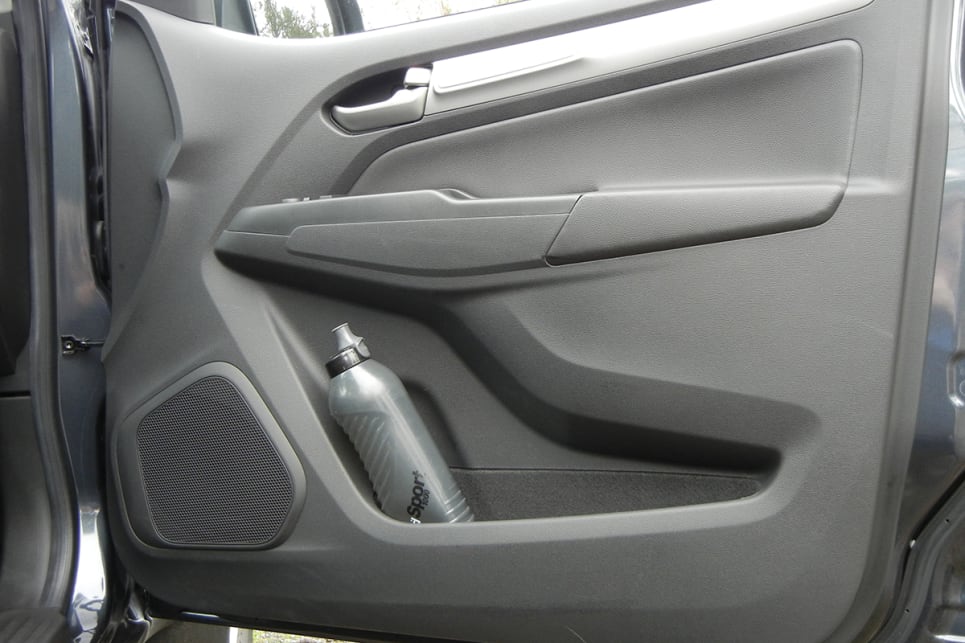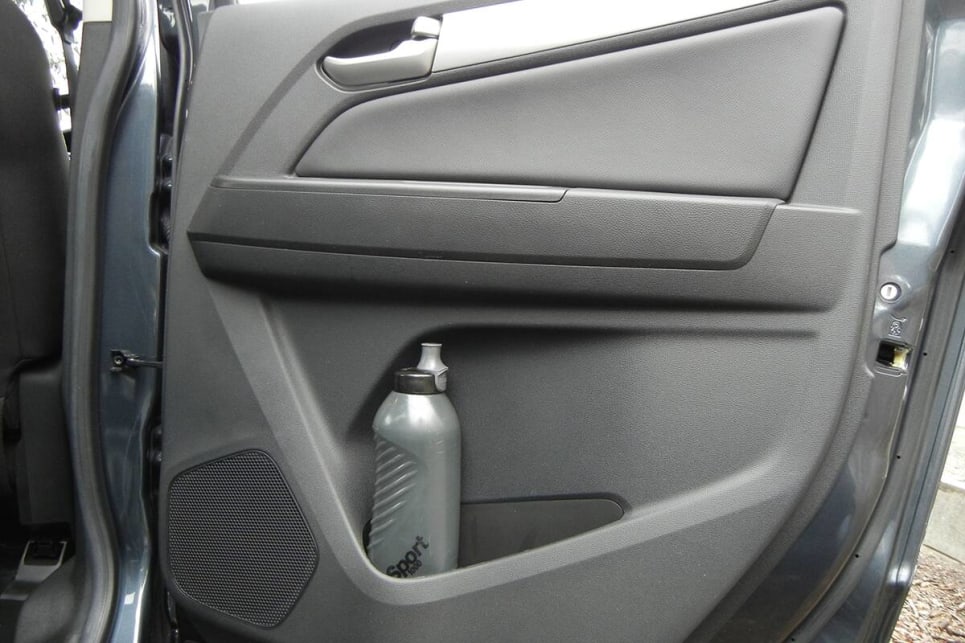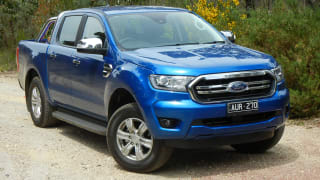The 4x2 Colorado dual cab ute is available in entry-level LS, mid-spec LT and top-shelf LTZ. Our test vehicle is the LS, which with the venerable 2.8 litre Duramax 2 turbo-diesel engine and six-speed automatic retails at $38,190. This pricing is competitive with major rivals like the Toyota HiLux WorkMate 4x2 Hi-Rider ($40,365), Isuzu D-Max SX 4x2 High-Ride ($38,700) and Ford's Ranger XL 2.2L Hi-Rider ($39,940).
Our test vehicle, resplendent in optional Dark Shadow paint ($550), was also fitted with a few goodies from Holden's genuine accessories range including soft tonneau cover ($690), towing package ($1030) and 'bedrug' polypropylene carpet cargo liner ($1140), which would push the total price north of $41K.

Sure, it's an entry-level model with easy-clean vinyl floor, basic instrumentation and 16-inch steel wheels with 245/70R16 all-terrain tyres and full-size spare. However, the LS does also have numerous features welcome in a working role, including a limited slip differential.
Other standard features include a six-speaker MyLink infotainment system with steering wheel-mounted controls, 7.0-inch touchscreen, Apple CarPlay and Android Auto, DAB+ digital radio and multiple connectivity. There's also a leather-wrapped steering wheel, manual air-con, power windows and mirrors, cruise control, rear park assist with reversing camera, LED daytime running lights, three 12-volt accessory outlets and more.



















